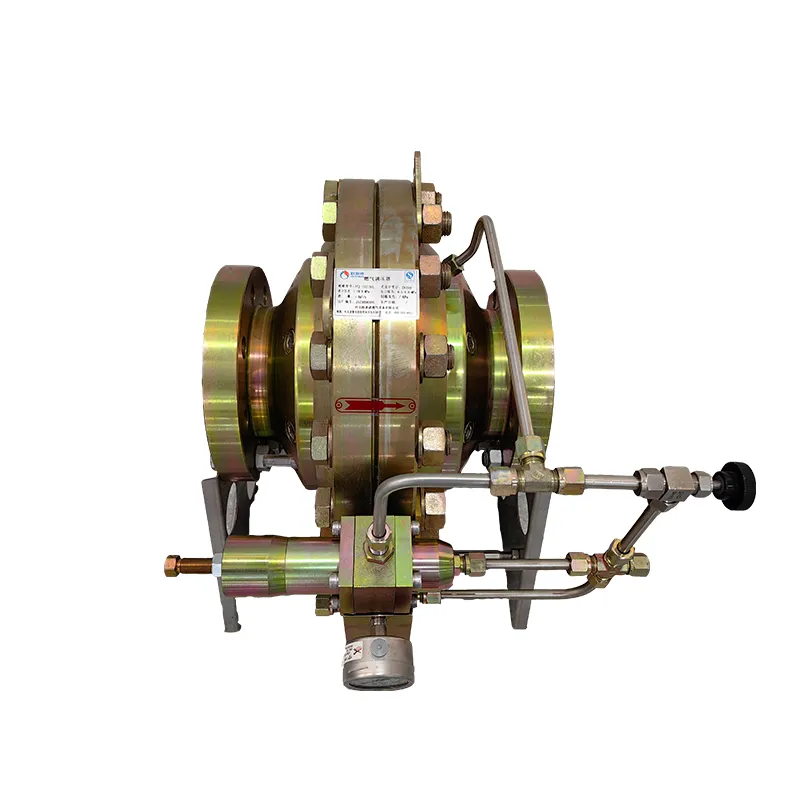
Dec . 04, 2024 09:18
Back to list
safety relief valve
Understanding Safety Relief Valves Ensuring Industrial Safety
In various industrial applications, maintaining safety and preventing accidents is paramount. One critical component in achieving this goal is the safety relief valve (SRV). These valves are essential in managing pressure within systems, ensuring that equipment operates within safe limits, and protecting both personnel and infrastructure from the dangers of overpressure.
A safety relief valve is designed to automatically release pressure from a system when it exceeds a predetermined level. This is particularly vital in processes involving liquids or gases that could become hazardous if allowed to pressurize. For example, in a steam boiler system, the pressure can rise significantly due to heat generation. If this pressure is not relieved, it can lead to catastrophic failures, such as an explosion. Therefore, safety relief valves serve as the last line of defense, ensuring that pressure stays within safe operational parameters.
The operation of a safety relief valve is relatively straightforward. It is equipped with a spring mechanism that holds the valve closed until the system pressure exceeds the set point. Once this threshold is reached, the pressure overcomes the spring force, and the valve opens, allowing the excess pressure to escape. After the pressure normalizes, the valve closes again, ready for the next incident. This automatic response feature is what makes safety relief valves vital for continuous operation in many industrial settings.
safety relief valve

When selecting a safety relief valve, several factors must be considered to ensure optimal performance and reliability. The size and type of the valve should match the specific requirements of the system. This includes considering the pressure and temperature ranges, the nature of the fluid being handled, and the potential for corrosive environments. Additionally, it is essential to adhere to industry standards and regulations, which often dictate the appropriate specifications for safety relief valves in different applications.
Regular maintenance and testing of safety relief valves are crucial for ensuring their functionality. Like any mechanical device, these valves can wear out over time due to factors such as corrosion, fatigue, or debris buildup. Routine inspections, testing for proper set points, and verifying the valve’s sealing capability are necessary to ensure that the valve will operate correctly when needed. Companies should establish a comprehensive maintenance schedule that complies with industry standards to mitigate risks and enhance safety.
Furthermore, the safety relief valve plays a critical role in compliance with regulations and safety standards imposed by governing bodies. Compliance with such regulations not only ensures the safety of personnel but also protects the company's assets and reputation. Failing to implement adequate safety measures can lead to severe legal and financial consequences, not to mention the risk of harm to employees and the environment.
In conclusion, safety relief valves are integral components in the safety management of industrial processes. They provide essential protection against the potentially deadly consequences of overpressure conditions. By understanding their function, ensuring proper selection, and implementing rigorous maintenance protocols, industries can significantly enhance their safety systems. Ultimately, investing in high-quality safety relief valves and adhering to best practices is a proactive approach that can safeguard lives, assets, and the environment. The importance of these unsung heroes of pressure management cannot be overstated as they stand guard, ensuring safe and efficient operations in a variety of industrial settings.
Next:
Latest news
-
Safety Valve Spring-Loaded Design Overpressure ProtectionNewsJul.25,2025
-
Precision Voltage Regulator AC5 Accuracy Grade PerformanceNewsJul.25,2025
-
Natural Gas Pressure Regulating Skid Industrial Pipeline ApplicationsNewsJul.25,2025
-
Natural Gas Filter Stainless Steel Mesh Element DesignNewsJul.25,2025
-
Gas Pressure Regulator Valve Direct-Acting Spring-Loaded DesignNewsJul.25,2025
-
Decompression Equipment Multi-Stage Heat Exchange System DesignNewsJul.25,2025

